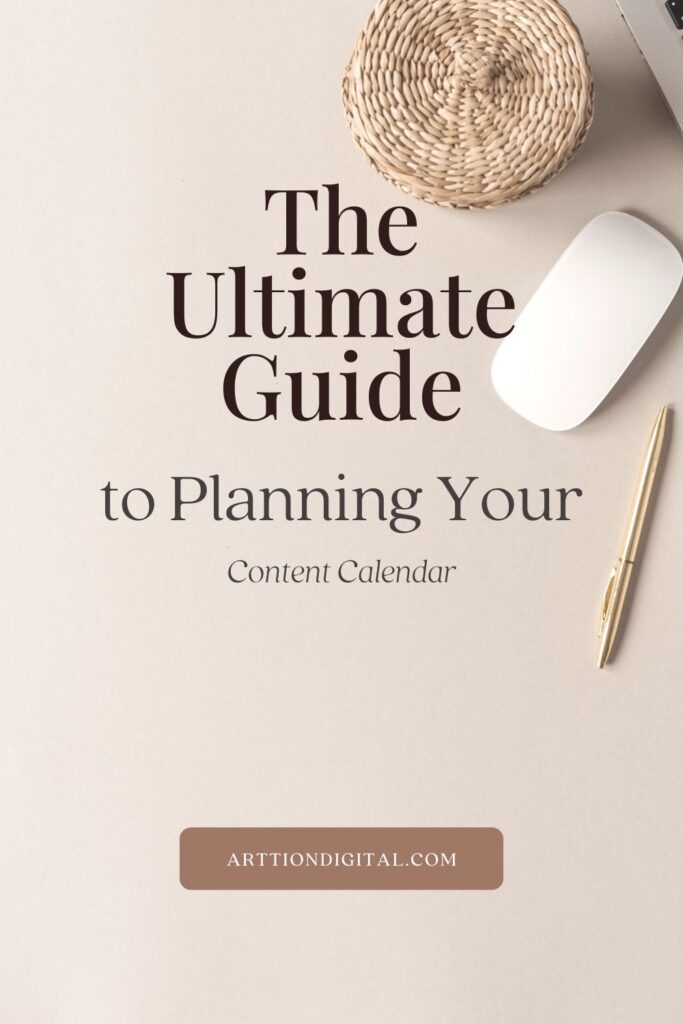Pin the below image and save it to your Pinterest board. That way you’ll be able to come back to this article and read it again!

In the fast-paced world of digital marketing, staying organized and ahead of schedule is crucial for maintaining a consistent and effective online presence. One of the most powerful tools for achieving this is a content calendar. Whether you’re a seasoned marketer or just starting out, this guide will walk you through the essential steps to creating a content calendar that will keep your business organized and on track.
What is a Content Calendar?
A content calendar is a strategic tool that outlines your content creation and publication schedule. It helps you plan, organize, and manage your content across various platforms, ensuring that you consistently deliver valuable content to your audience.
Why You Need a Content Calendar
Steps to Creating an Effective Content Calendar
Planning your content calendar is just one part of a successful content strategy. To dive deeper into creating engaging content, check out our post on 10 Best Practices for Creating Engaging Social Media Posts. This articles provides additional insights and practical advice to help you enhance your content strategy and grow your online presence.
Conclusion
Creating an effective content calendar is essential for maintaining a consistent and organized approach to your content marketing efforts. By defining your goals, understanding your audience, and using the right tools, you can streamline your content creation process and achieve your business objectives. Start planning your content calendar today and see the difference it can make for your brand.